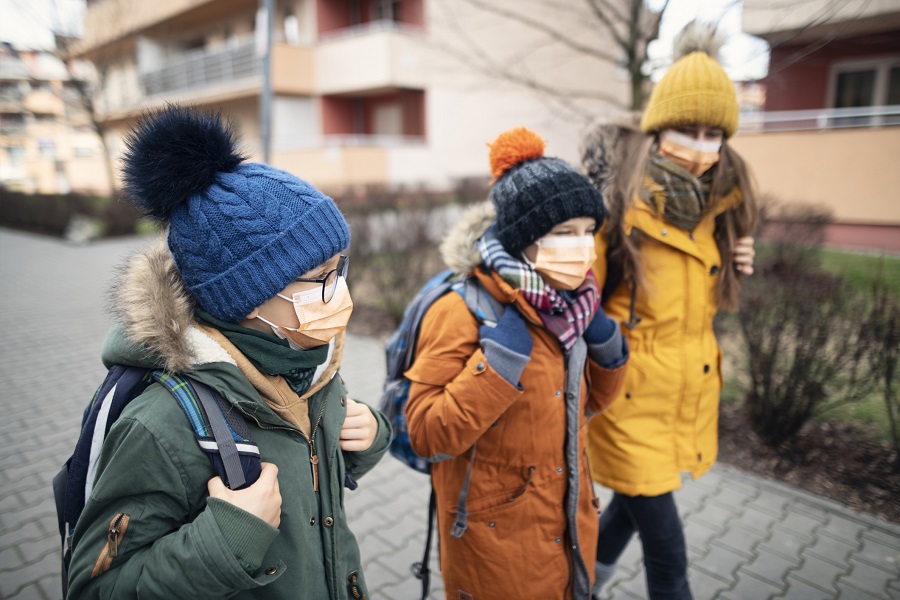Due to the increasing attention around COVID-19 in the US, students and parents feel increasingly overwhelmed and anxious, especially those from countries that have been heavily impacted by the coronavirus outbreak. Frequent school communication, whether by website updates or email, is critical to keeping nerves calm and trust strong. It may be necessary to hold workshops and assemblies where students can have a safe space to address these matters about your international program. Having an open discussion with your students can help them understand, cope, and even make a positive contribution to others.
Here is a list of critical conservations to have with your student and school community:
Reinforce School Policy. Although primary messaging should offer clarity on actions being taken and the next steps, continue reinforcing your school’s policies on student travel, distance/virtual learning resources and tools, graduation requirements, etc.
Understanding the Cultural Perception of the Coronavirus. Keep in mind the cultural differences international students and their families may have in their response and interpretation of coronavirus news. For example, it may be important to educate your domestic students and staff on how face masks are viewed in the US vs. Asia. Here is a brief history of face masks in Asia, which you may find useful as a starting point for a more extensive discussion.
Mental Health Concerns and Coping. Fear and anxiety about a disease can be overwhelming and cause strong emotions. It is important to remind students to avoid excessive exposure to media coverage, continue regular routines as much as possible, eat healthy, and exercise. Seeing troubling images online can cause even more significant distress than just the news of the virus. Keep your routines as normal as possible, and remember to offer words of assurance.
Addressing Misinformation. Encourage honesty in passing along information and explain the truth in a student-friendly way. Misinformation and sensationalized news are an issue, make sure your students and families are getting your news from trusted sources like the CDC and WHO.
More importantly, and as noted in the introduction, frequent communication from school leadership will address the spread of misinformation the quickest.
Establish a Culture of Inclusion and Safety. Provide safe spaces for students to ask questions openly. Check-in on students and monitor stigma and discrimination at your school. Here is an excellent article on the historical context of discrimination in response to pandemics and how educators can disrupt bias in the classroom. Remind your students to speak up if they experience or see any bullying or discrimination.
As always, end your conversations with care. Be aware of and measure their body language during the conversation. Then be sure to wrap up your conversation with support and care. We hope that these tips and suggestions for having critical discussions with your students will help to ease their worries during these times of uncertainty.
Visit our blog section to learn about industry trends, international program best practices, ways to engage students, and more.
For schools looking for more information on Cambridge Network and our services, please submit an inquiry form.
